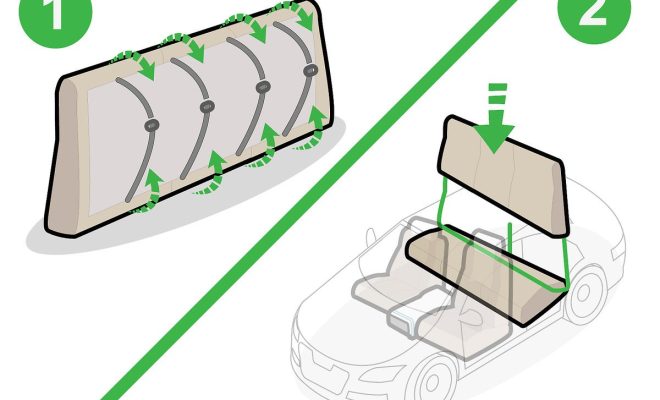A Comprehensive Guide to Writing a Sample Move Out Letter to Landlord

Introduction:
Moving out of a rental property often involves various steps and procedures to ensure that you leave on good terms with your landlord. One crucial aspect of this process is crafting a thoughtful and well-prepared move out letter to your landlord. This article provides an in-depth guide on how to write an effective move out letter, complete with tips and guidelines for ensuring a seamless moving experience.
1. Start with the basic format:
Begin your move out letter by including your name, current address, and the date when you will be vacating the premises. Ensure that this information is accurate and up-to-date, as it will help your landlord with their records and any potential refund process.
2. Address your landlord respectfully:
Remember to address your landlord in a polite and professional manner. You may refer to them as “Dear [Landlord’s Name]” or “To Whom It May Concern,” if you prefer a more formal approach.
3. State your intentions clearly:
Communicate the primary purpose of your letter by expressing your intent to vacate the property and provide the exact date of your planned departure. Be clear about this information as it will assist both parties in making arrangements for your exit and help avoid any misunderstandings.
4. Highlight the reasons for moving out:
Explain why you are leaving the property in a concise and straightforward manner while maintaining a respectful tone. Providing a valid reason can help eliminate any conflict or negative perceptions about your departure.
5. Discuss the security deposit refund:
Mention any security deposit that you may have paid upon moving in and kindly request its return after deducting possible maintenance or repair costs incurred during your stay at the property. Reiterate that you expect an itemized list detailing these deductions, per state law requirements.
6. Offer assistance for property inspection:
Assure your landlord that you will cooperate diligently with any necessary inspections or showings of the rental property to prospective tenants. Provide your contact information and suggest potential dates for such visits to testify to your willingness and commitment.
7. Express gratitude and professionalism:
End the letter by expressing your gratitude for the opportunity to reside in their property and extend an offer to provide any other information they may require. This gesture emphasizes your appreciation and leaves a positive impression as you prepare to move out.
8. Signature:
Close the letter by signing it and providing your contact information, including your phone number and email address, in case your landlord needs any further assistance, clarification, or details from you.
Conclusion:
Writing a move out letter provides a formal written notice of your intent to vacate a rental property while extending courtesy and maintaining professionalism with your landlord. By following these guidelines, you can ensure that you communicate effectively with your landlord throughout this transition, leaving both parties satisfied as you embark on new chapters in life.






